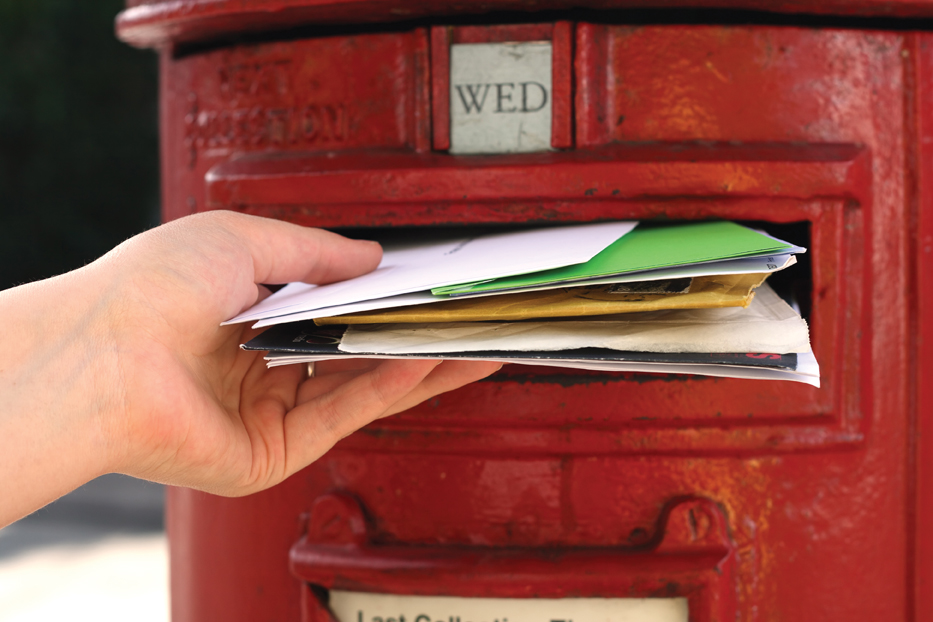Investing
Taxpayer lost out on Royal Mail sale – watchdog

The government could have reaped more value from the Royal Mail sale it if had been less cautious and better controlled access to shares, the National Audit Office has said.
In a report published today, the watchdog probed the reasons behind the sudden jump in the Royal Mail share price after the floatation in October 2013.
NAO head Amyas Morse said the Department for Business, Innovation and Skills (BIS) succeeded in getting the company listed on the FTSE 100, but added its approach “was marked by deep caution, the price of which was borne by the taxpayer”.
“The government retained 30% of the company. It could have retained even more and allowed the taxpayer to participate further in the rapidly increasing share price and thus limit the cost of to the taxpayer of its cautious approach.”
On the first day of trading, Royal Mail’s shares closed at 455p, 38% higher than their sale price. This represented a first day increase in value of £750m for the new shareholders. Five months later, the shares were worth 72% more than the sale price.
BIS set a “cautious low” price of 260p, the report said, due to the perceived need for haste and the price indications given by a small number of priority investors. Its process of ‘book-building’shares failed to identify demand at higher prices.
In addition, BIS gave priority to a small number of investors, in the belief they would form a stable and supportive shareholder base. However, according to the report, nearly half of the shares allocated to these priority investors were sold at substantial profit within a few weeks of the sale.
NAO also questioned the department’s decision to sell the full 60% of shares available for sale at once, rather than holding some back until the price had appreciated: “It could have retained 110 million more shares worth £363m at the offer price, while still achieving the policy objective of reducing the government’s ownership to below 50%.”